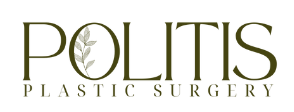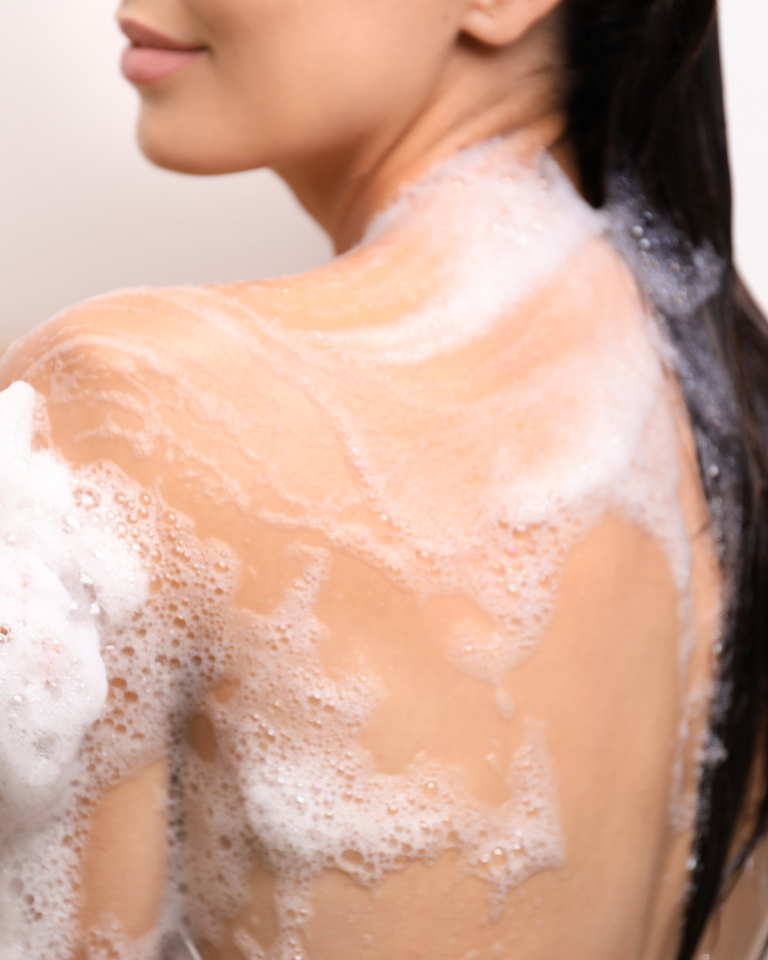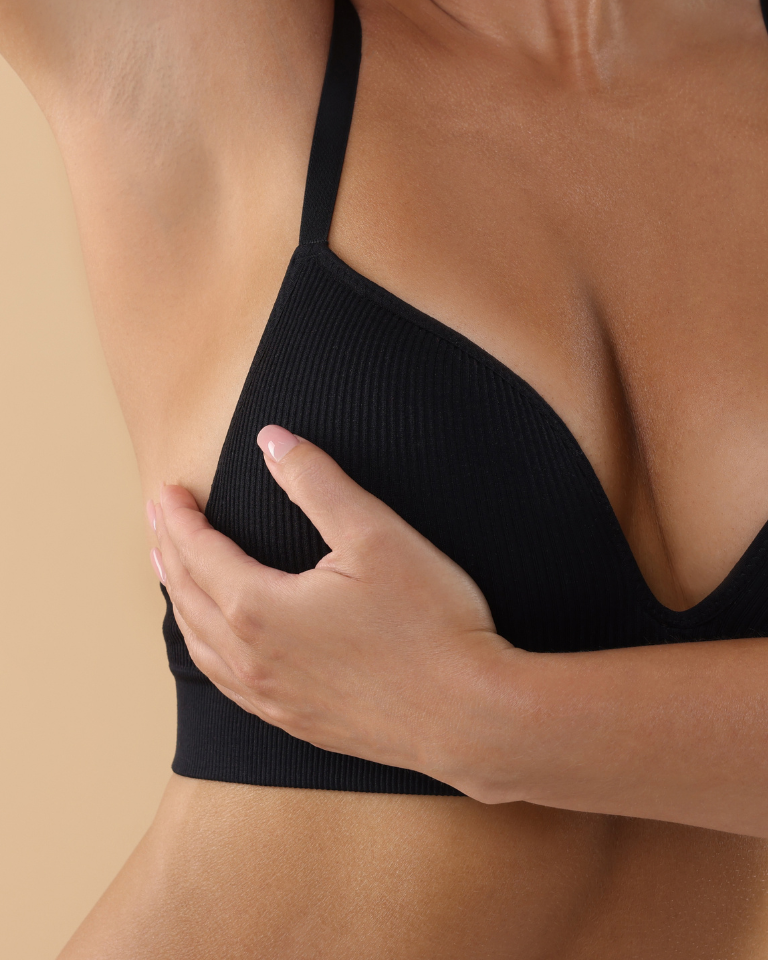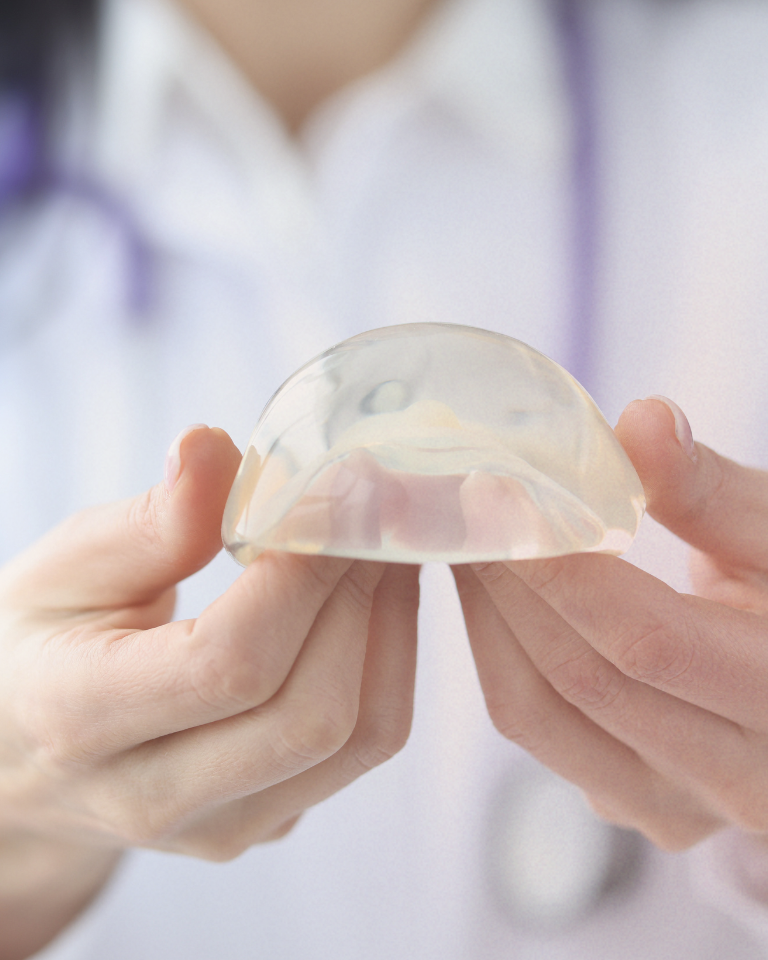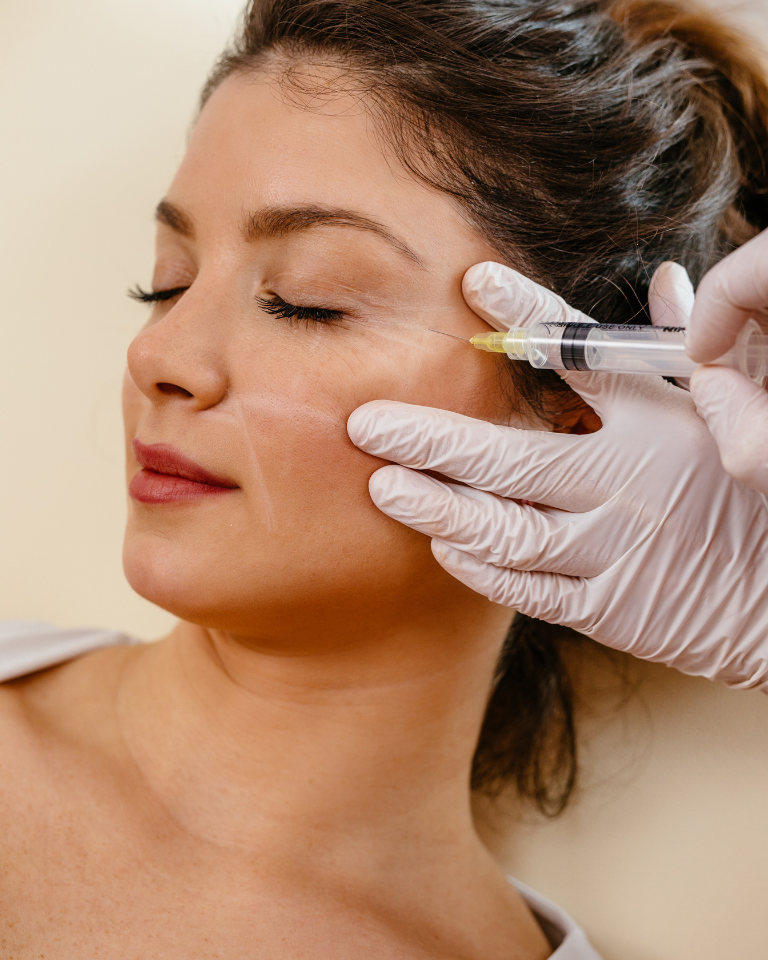Key Takeaways:
- Showering 24 hours after surgery can help fight infection and improve patient satisfaction.
- Use warm soapy water, avoid scrubbing, and pat dry with a clean towel.
- Access our Surgery Tool Kit PDF for more pre- and post-surgical tips.
Recovering from surgery can be challenging, and patients often wonder when they can shower to feel refreshed and clean. As a plastic surgeon in Tampa, FL, I frequently address this question. Here’s what you need to know about showering post-surgery to ensure a smooth and speedy recovery.
Why Showering 24 Hours After Surgery is Beneficial
Showering 24 hours after surgery is generally encouraged. This helps in several ways:
- Fighting Infection: Using warm soapy water helps cleanse the surgical area, reducing the risk of infection. Studies show that maintaining hygiene by showering can significantly lower infection rates.
- Improving Patient Satisfaction: Feeling clean can greatly improve your mood and overall satisfaction with the recovery process. Many patients report feeling much better after a shower.
- Speeding Up Recovery: A clean and infection-free surgical site heals faster, promoting a quicker return to normal activities.
How to Shower Safely
When you shower post-surgery, it’s crucial to follow specific guidelines to avoid complications:
- Use Warm Soapy Water: Allow the water to drape over your body without scrubbing the surgical site.
- Pat Dry: Use a clean towel to gently pat the area dry. Avoid rubbing, as this can irritate the incision.
- Avoid Hot Water: Use warm water instead of hot to prevent drying out the skin and potentially harming the healing process.
Detailed Steps for Showering After Surgery
- Wait for 24 Hours: Ensure you wait at least 24 hours post-surgery before taking a shower.
- Prepare Your Shower Area: Make sure your shower is clean to avoid any bacteria coming into contact with your incision.
- Gently Cleanse: Stand under the warm water, allowing it to run over your body. Use mild soap if necessary, but do not apply it directly to the incision.
- Pat Dry: After your shower, use a clean, soft towel to pat the incision area dry. This helps prevent any irritation or damage to the healing tissue.
- Monitor for Signs of Infection: Keep an eye on the surgical site for any signs of infection, such as redness, swelling, or discharge. Contact your surgeon if you notice anything unusual.
Access Our Surgery Tool Kit
For more detailed information and additional tips, download our Surgery Tool Kit PDF. This comprehensive guide provides valuable insights for both pre- and post-surgical care to ensure a smooth recovery.
Addressing Common Concerns
Will Showering Affect My Incision?
As long as you follow the guidelines, showering will not negatively impact your incision. In fact, it helps keep the area clean and promotes healing.
Can I Use Any Soap?
Use mild, unscented soap to avoid irritation. Harsh chemicals or fragrances can cause discomfort and hinder the healing process.
What If I Have Surgical Drains?
If you have surgical drains, consult with your surgeon on the best way to manage them while showering. Often, you may need to cover them with waterproof dressings or take extra care to avoid tugging on them.
Conclusion
Showering 24 hours after surgery is not only safe but also beneficial for your recovery. By following these simple steps, you can ensure a clean and infection-free healing process. For more detailed advice and guidelines, refer to our Surgery Tool Kit PDF.
If you have any questions or concerns, feel free to reach out to me at Politis Plastic Surgery. We’re here to support you through every step of your recovery.
To schedule a consultation with Dr. Effie Politis, please contact our office:
Call us at: (813) 542 – 2587
Visit us: 5016 West Cypress Street, Suite 200, Tampa, FL 33607
References:
- Politis Plastic Surgery. (n.d.). Surgery Tool Kit. Retrieved from https://politisplasticsurgery.com/surgery-tool-kit/
- Politis Plastic Surgery. (n.d.). Meet the Staff. Retrieved from https://politisplasticsurgery.com/meet-the-staff/
- VerywellHealth. (n.d.).How Long After Surgery Before You Can Take a Bath? Retrieved from https://www.verywellhealth.com/when-is-it-safe-to-bathe-after-surgery-3156846
- IAPMD. (n.d.). How soon after surgery can I have a bath/shower? Retrieved from https://faq.iapmd.org/en/articles/3949488-how-soon-after-surgery-can-i-have-a-bath-shower
